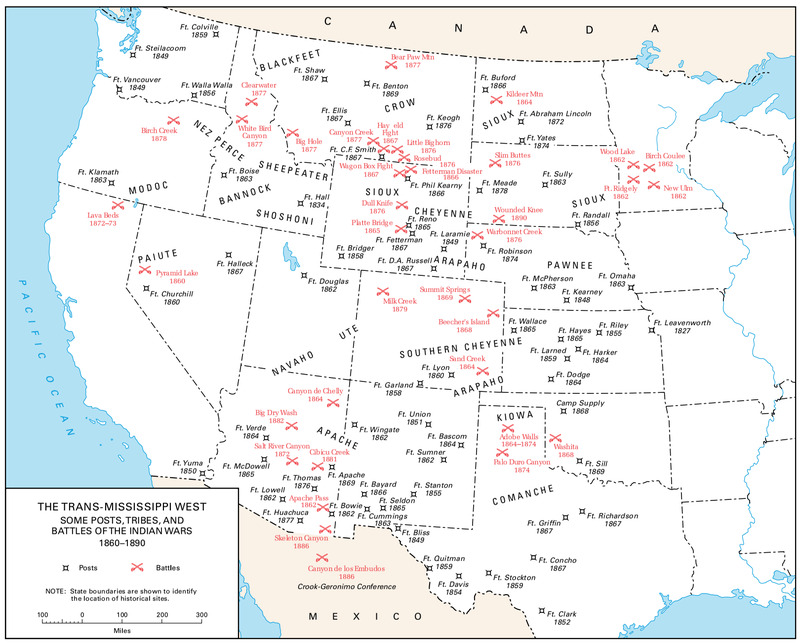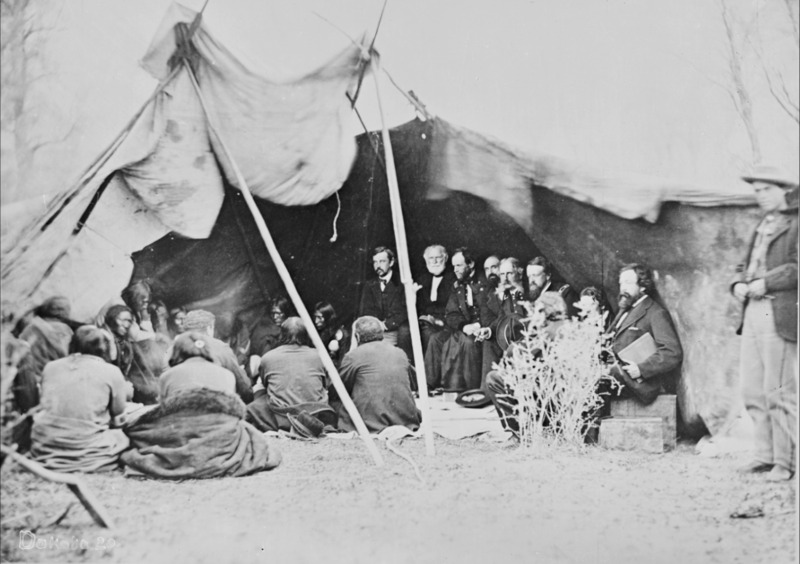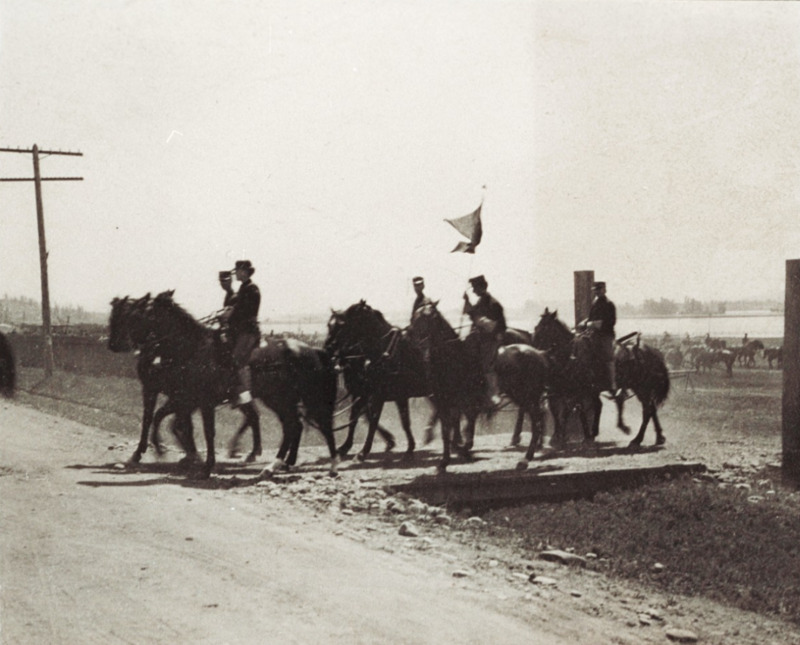When Men Left ...
Frontier forts were built “to protect pioneers from the Indians, and vice versa, under treaty obligations… Forts were established to keep the Indians in check or to protect a mountain pass, a juncture of waterways, or an international border.” These establishments were, in effect, a physical manifestation of the United States’ authority over Indians and unorganized territories in the American West.1
Soldiers and men often had to leave the fort to patrol the surroundings or perform other duties. Some tasks were generally benign: protecting mail and supply convoys, for instance, helped distant settlements form lines of communication with more established cities in the east. As mentioned earlier, soldiers delivered food and supplies to Indian tribes dictated by treaty obligations. Other visits were less peaceful: in many instances, soldiers embarked on raiding and extermination missions as means to establish dominance in a region.2
The men’s regular absences, however, caused problems for some forts. While there were often junior military personnel in charge of the remaining garrison, they sometimes proved inadequate to deal with social or logistical issues in the fort. Officers’ wives were keen to solve these problems themselves in various ways, but there were no official means to facilitate these exercises of authority. Army traditions and regulations did not fully account for officers’ wives’ agency, especially those actively breaching the feminine spheres to which they were assigned. Against these limits, women nonetheless sought to bring order to their own frontier worlds.3
1 Warren Beck and Ynez Haase, Historical Atlas of the American West (Norman, OK: University of Oklahoma Press, 1989), 36.
2 Robert Wooster, Frontier Crossroads: Fort Davis and the West (College Station: Texas A&M University Press, 2005), 92, 94-100.
3 Michele J. Nacy, Members of the Regiment: Army Officers' Wives on the Western Frontier, 1865-1890 (Westport, Connecticut: Greenwood Press, 2000), 40.


